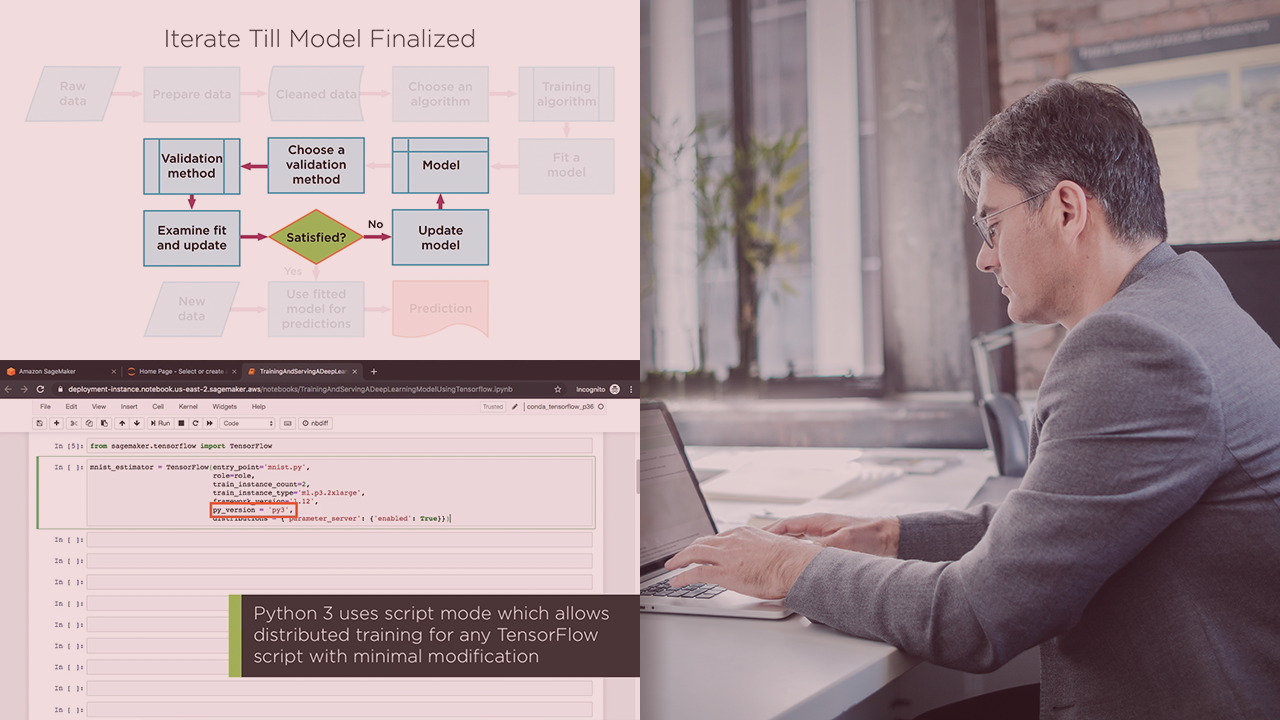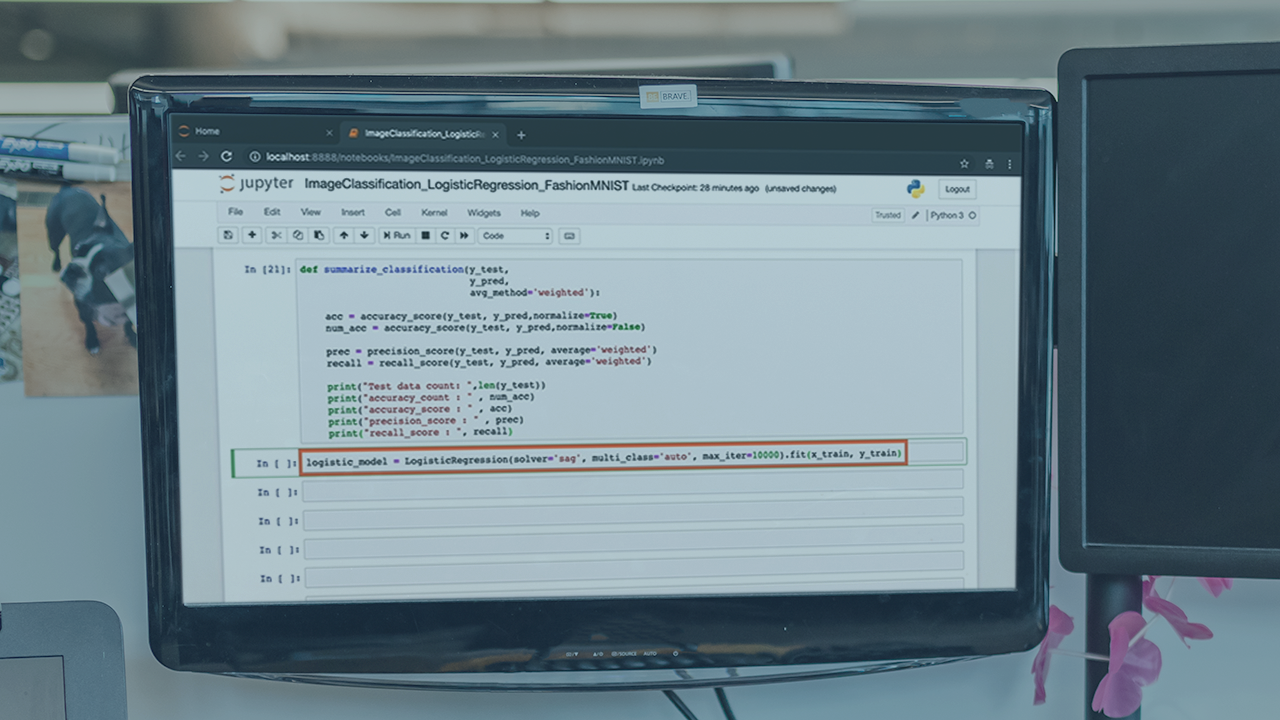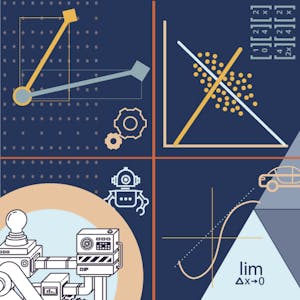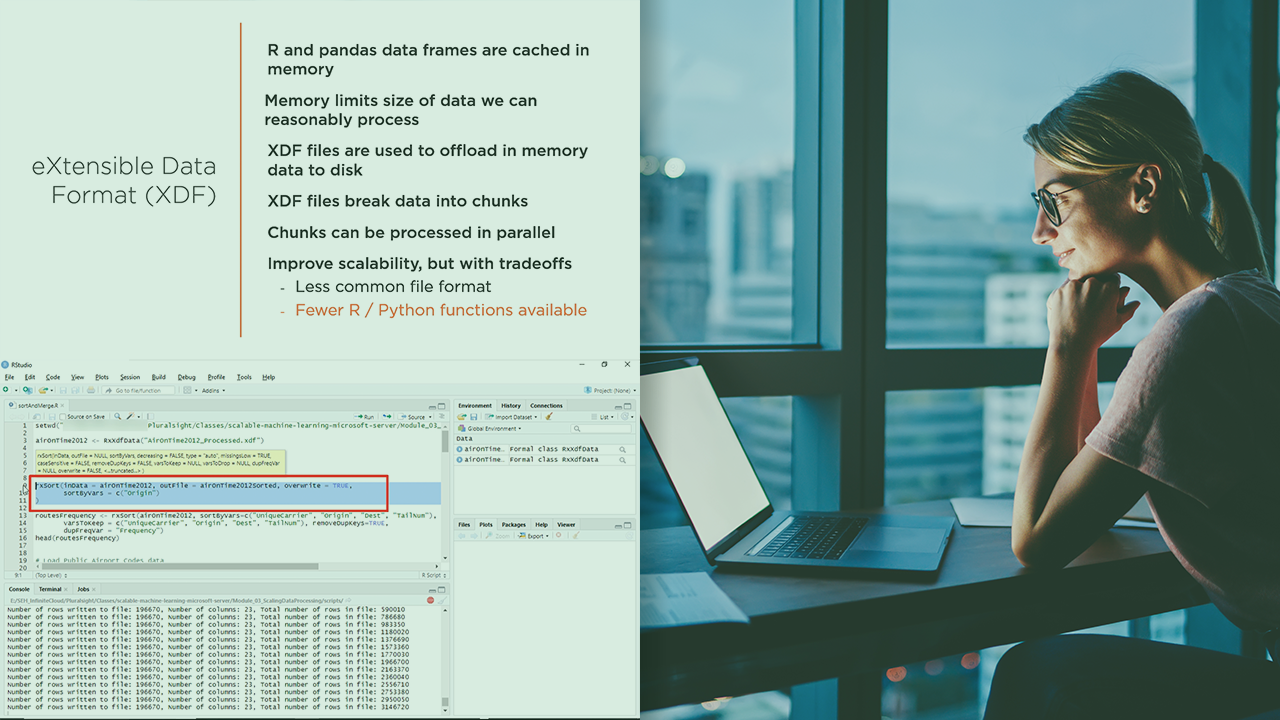Description
If you’re a data scientist, and you want to tell the rest of the company, “logo A is better than logo B”, well you can’t just say that without proving it using numbers and statistics.
Traditional A/B testing has been around for a long time, and it’s full of approximations and confusing definitions.
First, you’ll see if you can improve on traditional A/B testing with adaptive methods. These all help you solve the explore-exploit dilemma.
You’ll learn about the epsilon-greedy algorithm, which you may have heard about in the context of reinforcement learning.
You’ll improve upon the epsilon-greedy algorithm with a similar algorithm called UCB1.
Finally, you’ll improve on both of those by using a fully Bayesian approach. Why is the Bayesian method interesting to us in machine learning? It’s an entirely different way of thinking about probability. It’s a paradigm shift. You’ll probably need to come back to this course several times before it fully sinks in. It’s also powerful, and many machine learning experts often make statements about how they “subscribe to the Bayesian school of thought”.
The things you’ll learn in this course are not only applicable to A/B testing, but rather, you’re using A/B testing as a concrete example of how Bayesian techniques can be applied. You’ll learn these fundamental tools of the Bayesian method — through the example of A/B testing — and then you’ll be able to carry those Bayesian techniques to more advanced machine learning models in the future.









